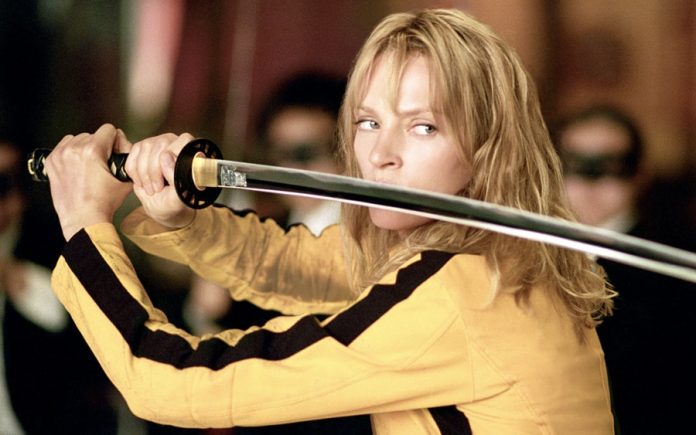A tangential rise in Japanese sword production followed the rise in demand for a defense-based military. Japan would repeatedly have to repel brutal Mongolian invaders for several centuries. The katana sword was finally given legal birth. By the way, the term “katana” refers to both the type of sword as well as the design of the curved steel and applies to any curved blade.
A tale of the Samurai sword would also be incomplete without including Masamune (also known as Goro Nyudo), who founded the Soshu tradition of sword manufacturing and popularised the Hamon temper line. You can check the latest swords for sale. Masamune’s katana swords are still regarded as some of the best authentic samurai swords ever.
Making Of Katana Swords
High-carbon and low-carbon Japanese steel are used to manufacture genuine katana swords. High-carbon steel is tough, thereby allowing for a sharp edge. On the other hand, low-carbon materials are robust and capable of absorbing impact. Because a blade made of only one steel would be ineffectual, both kinds are combined to produce accurate, battle-ready katana swords.
Things To Remember Before Buying Katana Sword
The purists believe that real katana swords should be manufactured by a skilled artisan in Japan and display a genuine Hamon temper line as proof. The sword should also be incredibly balanced, finely crafted, and razor-sharp. The sword should be made of steel, not stainless steel, as if that weren’t enough.
It should also have a Mekuki or the peg that secures the blade to the handle and give a bright sheen. Of course, if you’re buying something online from a stranger, none of this will help you. Because of this, it’s crucial to buy from a reliable supplier and avoid taking any chances.
Types Of Katana Sword
It is not striking that there are several variations or advances, given the lengthy history of samurai swords. Real katana swords can usually be identified by their size, age, and curve.
Tachi
These Japanese swords, used throughout the Koto period, were characterized by a curved blade handle and carried with the edge facing down.
Uchigatana
The Uchigatana followed closely behind the Tachi. It was different since it had a straight grip and offered curvature options. The two parts of the term Uchigatana are “Uchi” (which means “to strike”) and Gatana (which means “sword”).
Uchigatana swords were initially of poor quality, but once better models were produced, they nearly fully supplanted the Tachi. The majority of real contemporary katana swords are descended directly from the Uchigatana.
Shin-Gunto
Japanese katana swords were replaced in the 19th and early 20th centuries by inferior Western swords. However, a surge of nationalist pride in the 1930s brought the Uchigatana back into style with some contemporary updates.
In order to execute POWs during World War II, the Shin-Gunto (also known as the “new army sword”) was created. Shin-Gunto swords were initially expertly crafted, but their quality declined when Japanese resources were drained throughout the war.
Daisho
Initially used by Samurai, the Daisho (which translates to “big/little”) is a pair of katana swords, the Daito being the longer of the two. The Daisho set is currently the most popular style of genuine katana.









